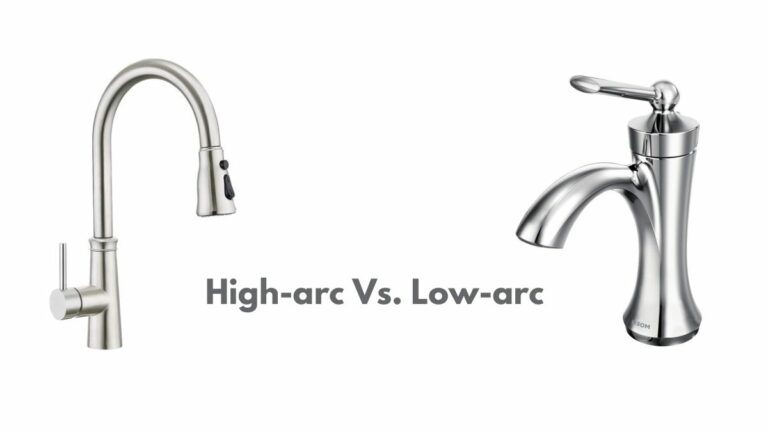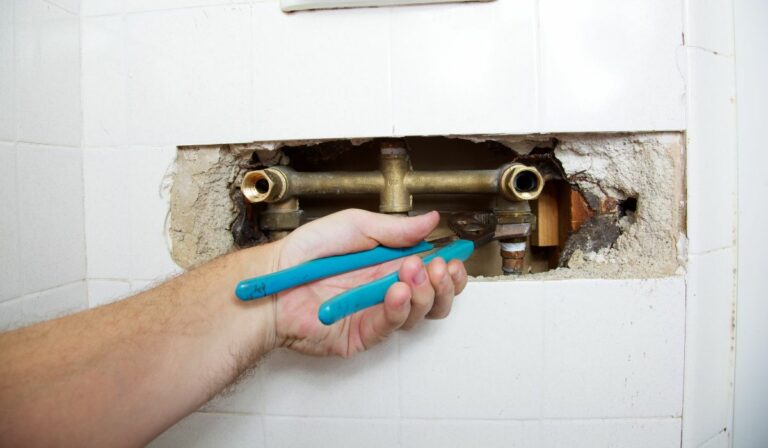Do All Kitchen Faucets Fit All Sinks? –Choosing the Right Fit!
Getting the right faucet-sink fit needs a good amount of research before buying the new faucet. Do all kitchen faucets fit all sinks? Not at all!
Kitchen faucets come in different sizes that need to match the sink to be the right fit. And this requires matching the holes, mounting type, and also other parts that will be included.
Today, let’s get started with understanding the basics of identifying the right-fitting faucet for your kitchen sink.
All Kitchen Faucets Don’t Fit All Sinks – Compatibility Check
There are general faucets that can prove to be compatible with most types of kitchen faucets with matching finishes and similar features.
However, are all faucets compatible with all sinks?
Without making sure it’s the right size for the sink, a faucet can never truly be compatible with a sink. A faucet will be considered well-matched with a sink based on some fitting factors.
Also, consider asking yourself, are all sink faucets the same size?
If you have ever been to a local shop that sells faucets, you’ll know that’s not true. There are so many shapes and dimensions for faucets nowadays. Faucets are not made considering one size in mind.
Faucets come in various sizes that can cover the different types of hole configurations of sinks. The three most common configurations are 6 to 16 inches, 8 inches, and 6 inches.
If you are replacing an old kitchen faucet, then buying a new piece won’t be tricky. However, getting a new faucet that must be compatible with a new sink will seem complicated.
In this case, you need to consider the dimensions and size details of a sink that is new to you.
Understanding Kitchen Faucet Size
So, can you use any faucet on a sink? No! Then what comes next? Well, finding the right size faucet for the sink, of course.
You need to consider a few factors related to the sink and then ask yourself, what size kitchen faucet do I need?
Several kitchen faucet settings come with different mounting holes. You may find faucets with one, two, or even four holes.
Here’s a Little Idea on the Specialty of These Different Setting Faucets −
- 4-hole faucets are often modern fixtures that come with a place for cold and hot water handles, along with a spout and also a hole dedicated for a special attachment. (Such as a sprayer faucet. These can come in handy for cleaning veggies and fruits.) Not to mention the convenience for spill minimizing.
- 3-hole faucets come with space for all the fixtures I just talked about, except the last special attachment. It used to be the most popular option and many old houses today have these.
- Finally, 1 -hole faucets with a single handle to hold are the most common ones nowadays. And it’s as basic as it sounds.
Now to match the faucet size with your existing sink, you’ll need some information regarding how many holes it comes with. If you have already removed the previous old faucet, then you should be able to directly see the holes.
However, if it is yet mounted, then try to take a look from underneath inside the cabinet. You can also consider taking some pictures from below to simplify the process.
Now let’s talk about the faucets-sink size matches.
For a 4-hole sink
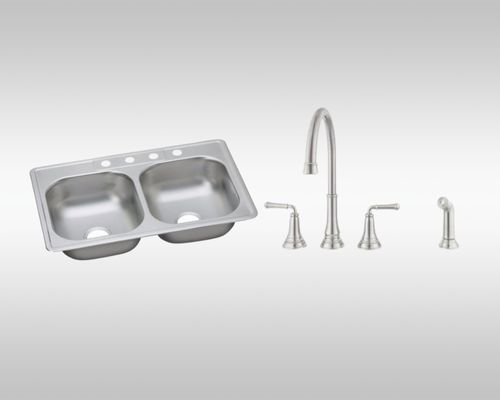
For 3-hole sinks
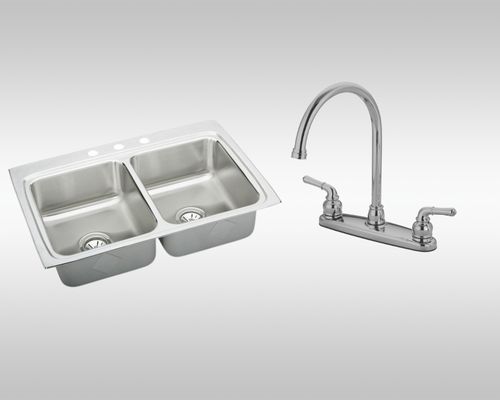
For 2-hole sinks
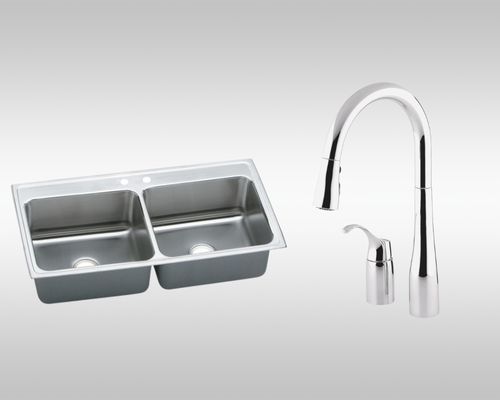
For 1-hole sinks
Keep in mind that you can have extra holes in the sink, but you can never try to drill additional holes in it to house a certain size faucet.
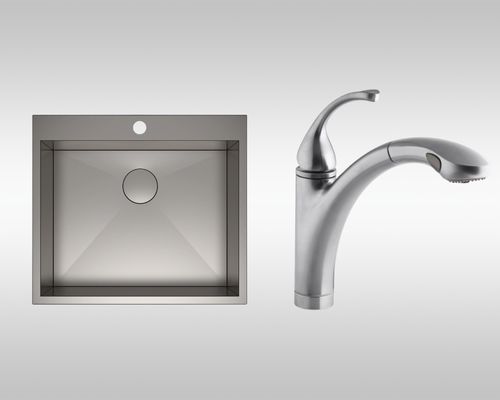
There are sinkhole covers such as DANCO Kitchen Sink Hole Cover available that allows plugging the extra hole.
Choosing from Different Types of Kitchen Faucet Mounting
There are generally two major styles of mounting available for kitchen faucets. Wall mounting and deck mounting. You can choose depending on your need and situation.
With Deck Mounting −
With Wall Mounting −

To Check If a Faucet Perfectly Fits a Sink
But how do I know if a faucet will fit my sink before the installation? Well, even with the right size and mounting type chosen, the faucet may mismatch the sink for other reasons.
However, that’s a rare case, and if it happens, you should bring home a professional plumber to sort it out.
You can be almost sure that a faucet will fit your sink quite accurately as long as the measurements of the faucet’s center points correspond with the center connections.
These faucet centers refer to the distance between the faucet holes in the sink or vanity in inches. It needs to start from the left hole in the center to the right hole center.
A few more things to keep in mind are −
Wrapping Up
So, do all kitchen faucets fit all sinks? What are your thoughts now after reading this guide? I hope you have a clear view of sink and faucet compatibility now.
And once you are ready, go ahead and pick yourself a right-fitting kitchen faucet. You can also consider bringing the specs of your existing sink to the local store to ask the person in charge there for some help.
Don’t forget to consider other factors as well, such as the right type of faucet finish, what it’s made of, and similar criteria.
I will catch you again in my next guide very soon. Take care!

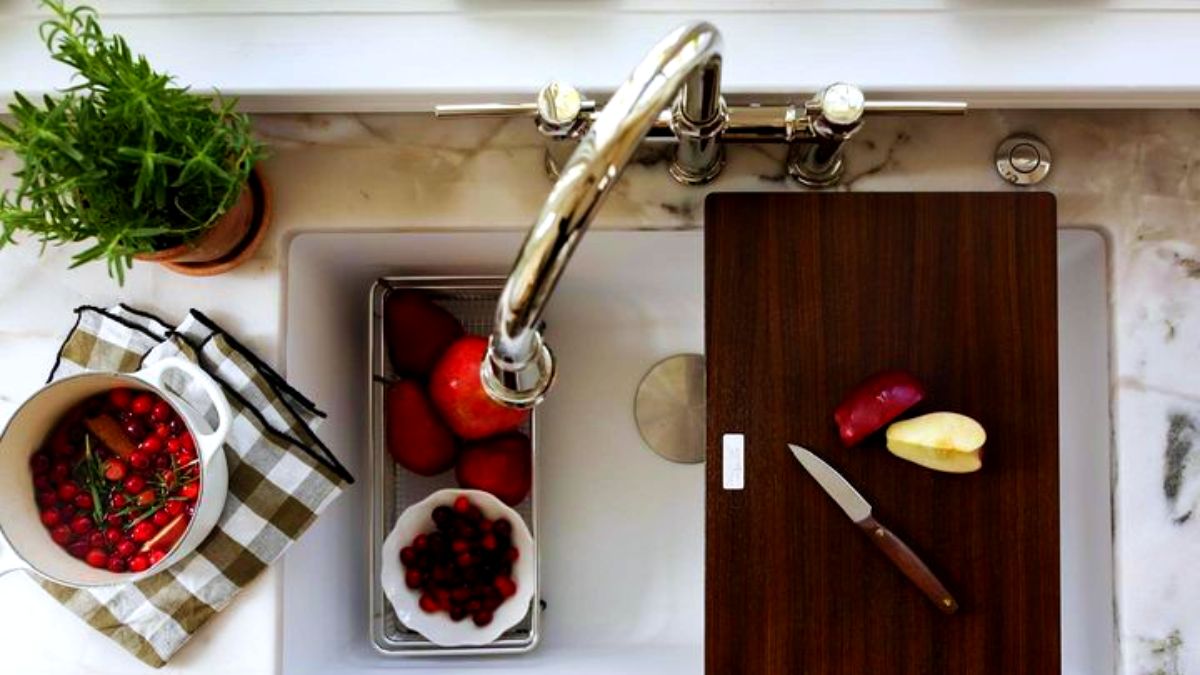
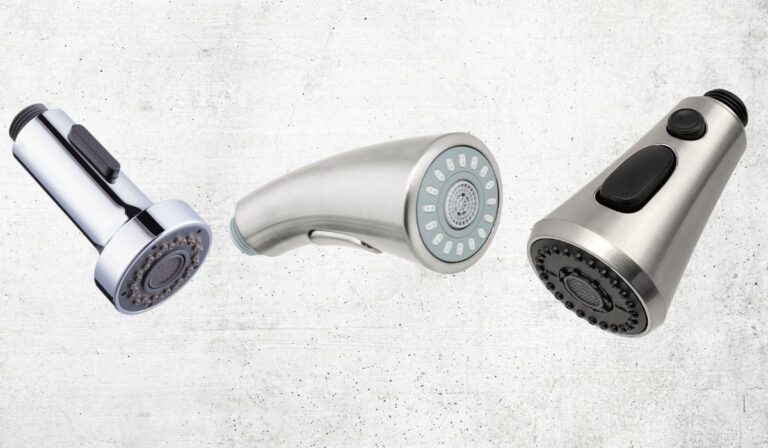
![What Is a 4 Hole Kitchen Faucet? [Explained]](https://faucetfam.com/wp-content/uploads/2023/01/What-Is-a-4-Hole-Kitchen-Faucet.jpg)
